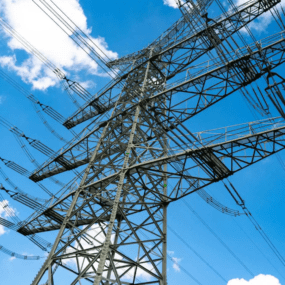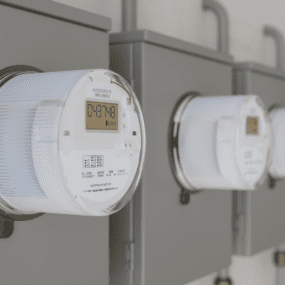How Digital Rates are Fueling Our Clean Energy Transition
Take a modern, customer-centric approach to implement digital rates and fuel our clean energy future.

Take a modern, customer-centric approach to implement digital rates and fuel our clean energy future.

Sign up for our newsletter
Stay in the loop with all things GridX and beyond.
Comprehending modern rate structures can take up to trillions of calculations. And the complexity doesn’t stop there. Rates must then be delivered to customers clearly and in a way that ensures a positive experience and influences behavior change. Then there is the billing of those rates, which can’t be done in the utility’s existing CIS without millions of dollars in system customizations and many months of time that delays recognizing the benefit of that rate. It’s no easy task. So why does the success of designing, marketing and billing complex rates today rely on antiquated tools and technologies?
That is the reality of the situation. Many utilities today are still implementing modern rates with disparate systems across different departments with no real handoff, forcing people to work in silos. This doesn’t need to be the way.
Utilities can now adopt a digitized approach that streamlines workflows, allows for increased, seamless communication, reduces errors, and maximizes efficiency. That’s the value of a digitized rate.
The Advent of Digitized Rates
Digitizing a rate provides a single source of rates truth. When a rate is digitized, it means the DNA of the rate is componentized, shareable and reusable. A digitized rate is always on, it’s always available, and it’s always shareable.
It’s not unlike the innovation of web-based tools like Google Docs. Previously, someone created a document in Microsoft Word and either provided a hard copy of that or a static version of the file that could then be used or modified by a single user, which essentially created a silo. With Google Docs, multiple users – regardless of what organization they work in – could view and edit the document allowing collaboration across the organization that never existed before.
A digitized rate, much like that cloud-based document, becomes shareable. It becomes easily editable, and it’s simple for lots of different people to collaborate on. Anyone can view, use and modify the rate, without compromising it.
Successfully Creating Digital Rates
It’s vital to know how to design rates, including all the tariffs and regulatory and policy implications. Traditionally, this knowledge only lived inside utilities, but now there are technology companies, like GridX, that are rate experts and can partner with utilities to do a lot of the complex work required to digitize rates.
GridX is the leader in bringing the full lifecycle of the rate together on a single platform. When this is done, utilities gain access to the tools that analyze the rate, devise highly personalized marketing campaigns, and ultimately bill that rate.
While building a great rate is priority one, it also needs to resonate with the customer and spur action. If you’re offering time-varying rates and you’ve spent a lot of time and money developing and implementing them, but you only have a small percentage of your population on them, that is an area for improvement.
Being able to take something like an incredibly complex set of rates and make them compelling and understandable is difficult. But if done right, customers are successful in shifting load, realize bill savings and have a positive experience along the way.
The Case for Adopting Digitized Rates Now
Rate structures are only getting more complex. Utilities are increasingly designing rates for dynamic pricing, EV charging and virtual power plants (VPPs), among others. There is almost nothing in our energy future that can’t be optimized by digitizing rates. And starting that process now will make adjusting to new technologies that much more seamless and scalable.
Getting a digitized rate platform implemented now and learning how to use it will make the inevitable rate considerations of the future much easier to successfully create and implement. Doing so will provide customers with products they not just use, but love.
We deserve the benefits that can come from adopting and implementing digitized rates. Don’t wait…the time is now.
Read the original article from Utility Dive here.




